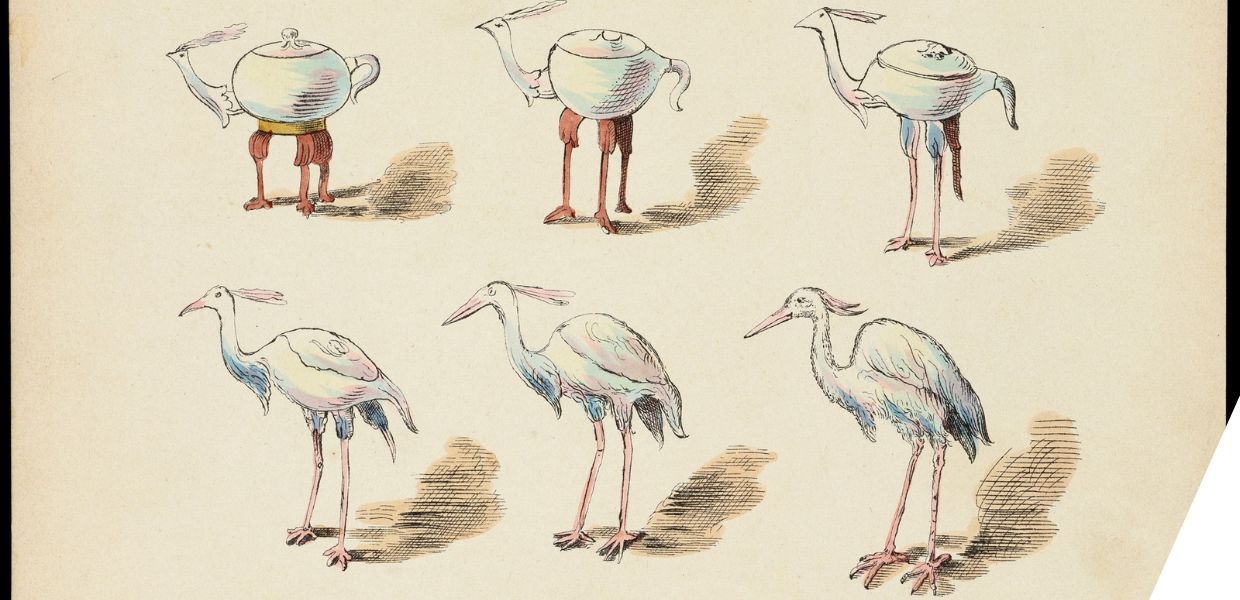Carola Carlino, Cultural Analyst, DM Cultura
The most inspiring example of digital storytelling that I recently discovered is the Ancestors Portal, which was created to make the enormous documentary heritage of registry and genealogical interest preserved in the Italian State Archives available online. This is indispensable for researching family and individual history, but also of great interest for historical, genealogical, demographic and social science research.
The Family Stories section of the portal contains narratives constructed through material made available by various institutions, such as media libraries, universities and state archives. But it also allows users to tell their family history through the Tell your story function on the webpage. Stories can be enriched with audiovisual details and shared with other users.
Killian Downing, Archivist, Dublin City University Library
A brilliant example of Storytelling from Dublin City University (DCU) Library, Ireland, is an introductory digital exhibition on the Children's Books Ireland Collection at DCU Library. In 2021, Children’s Books Ireland partnered with DCU Library to transfer their collection of children’s literature into our care. This exhibition, curated by Laura Ryan, tells the story about Children’s Books Ireland which is a Irish charity and arts organisation that champions every child’s right to develop a love of reading.
Georgia Evans, Senior Editorial Officer, Europeana Foundation
Currently in the Mauritshuis Museum in the Netherlands, they have an exhibition in the museum's foyer which includes a mega-sized 3D print of the famous Girl with the Pearl Earring, which you can see and touch. It inspired me to read anew about the painting, and I came across their online story on the most famous girl in the world. The combination of information, vlogs, podcasts and examples of her influence on popular culture are really engaging, and inspire me to look at the painting - and its story - with fresh eyes!
Marianna Marcucci, Digital Media Curator, Invasioni Digitali
As a digital cultural heritage professional, I constantly seek inspiration beyond my field, and I am also committed to fostering inclusive communication that embraces diversity. Recently, I came across the #TengoNombre campaign, which denounces microaggressions that deny individuals their proper names in workplaces like bars, convenience stores, and phone or home goods stores. These businesses are often referred to in Italian based on the nationality of the person working there, such as ‘il cinese’ (the Chinese), ‘il bar di cinesi’ (the Chinese bar), or ‘il pakistano’ (the Pakistani).
The campaign highlights the importance of recognising and addressing these microaggressions, which can contribute to marginalisation and exclusion. It encourages us to use people's names and avoid stereotypes and assumptions based on appearance or ethnicity.
I believe this campaign offers valuable insights for the digital cultural heritage field. As we strive to make cultural heritage more accessible and inclusive, and tell stories with our cultural heritage, we must also be mindful of the language we use and the ways in which we represent different communities. By fostering inclusive communication practices, we can create a more welcoming and equitable space for all.
Find out more and get involved
Have you been inspired by these examples of digital storytelling? Then don’t miss your chance to register for the Digital Storytelling Festival, taking place from 21 - 22 May 2024!
If you want to be the first to hear about initiatives related to digital storytelling and are passionate about promoting digital cultural heritage, you can also join the Europeana Communicators Community.


